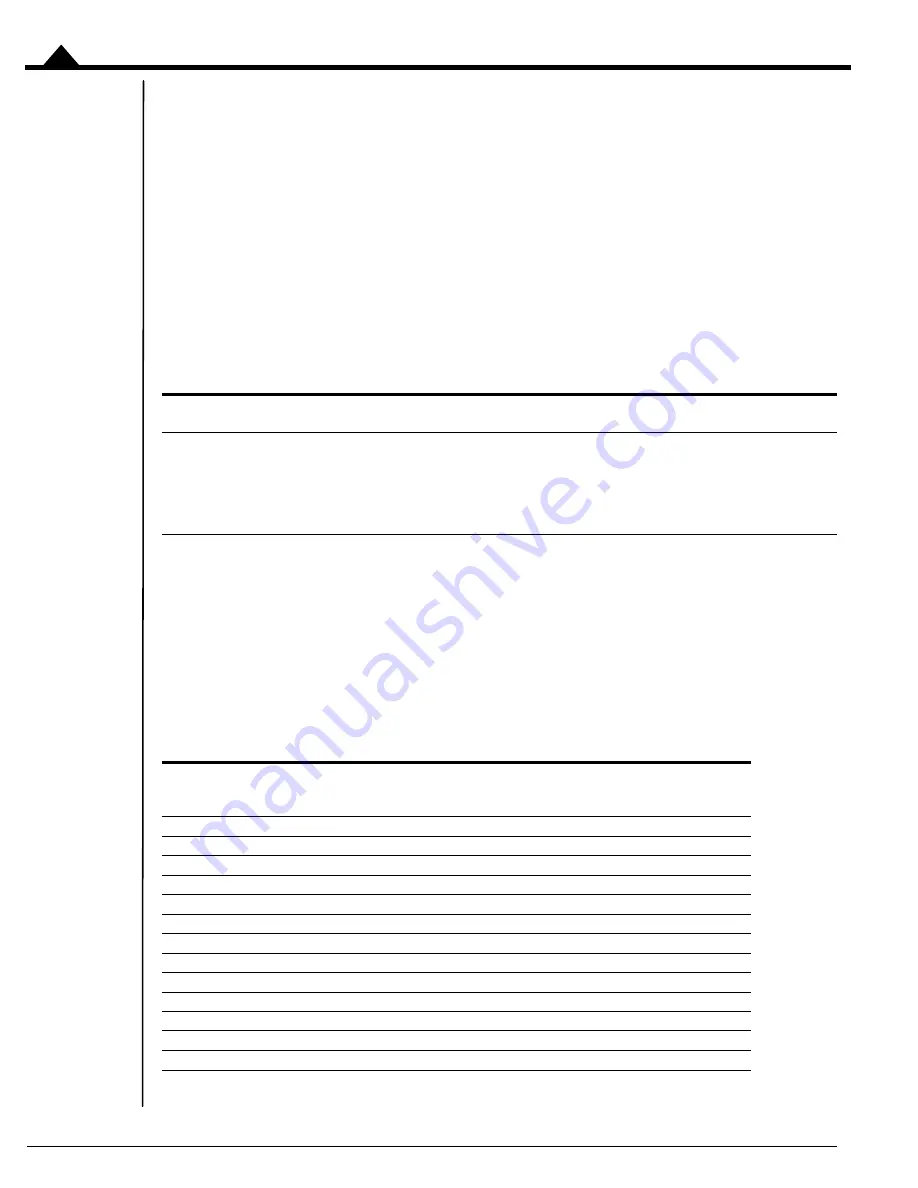
Power-up, Configuration Storage & NVRAM
88
Juno Step Motor Control IC User Guide
14
The execution conditions that can be used to control initialization are; delay a specified amount of time, compare
against the Event Status register, compare against the Activity Status register, compare against the Drive Status register,
or compare against the Signal Status register
These conditions allow initialization command sequences such as “Rotate the motor after the
Index
signal goes high,”
and “Change the profile target velocity once the profile velocity has reached zero.”
Pro-Motion Windows software supports a basic initialization control sequence that will be sufficient for most users.
For more detailed information on the function and format of the execution control command refer to the
Juno Velocity
& Torque Control IC User Guide
.
14.4 Settable Parameters
For more information on the commands and parameters associated with Juno initialization control refer to the
ExecutionControl
command description in the
Juno Velocity & Torque Control IC Programming Reference
For more information on Juno host commands refer to the
Juno Velocity & Torque Control IC Programming Reference
.
14.5 Signal Processing
14.5.1 Output Signal Status During Power-up
The following table summarizes the Juno step motor control IC output signal states during power up and after power-
up when no initialization data is stored in the NVRAM.
Parameter
Host Command
Mnemonic
Range & Description
Initialization control
settings
ExecutionControl
Two parameter command. The first is a bit-encoded
word that specifies the execution condition as well as the
scaling of the timeout delay. The second is either the tim-
eout delay value or selection & sense masks, depending
on the execution condition selected in the first parame-
ter.
Pin Name
64-Pin
TQFP
Pin#
56-Pin
VQFN
Pin#
State during
power-up
State after
power up
PWMHighA/PWMMagA
56
49
Tri-stated
Tri-stated
PWMLowA/PWMSignA
55
48
Tri-stated
Tri-stated
PWMHighB
54
47
Tri-stated
Tri-stated
PWMLowB
53
46
Tri-stated
Tri-stated
PWMHighC/PWMMagC
51
45
Tri-stated
Tri-stated
PWMLowC/PWMSignC
50
44
Tri-stated
Tri-stated
PWMHighD
39
34
Tri-stated
Tri-stated
PWMLowD
38
33
Tri-stated
Tri-stated
AmplifierEnable
3
22
Pulled high
Driven low
FaultOut
52
40
Tri-stated
Driven low
SrlXmt
27
24
Pulled high
Pulled high
SPIXmt
34
30
Pulled high
Driven low
~HostInterrupt
46
43
Pulled high
Driven high






























